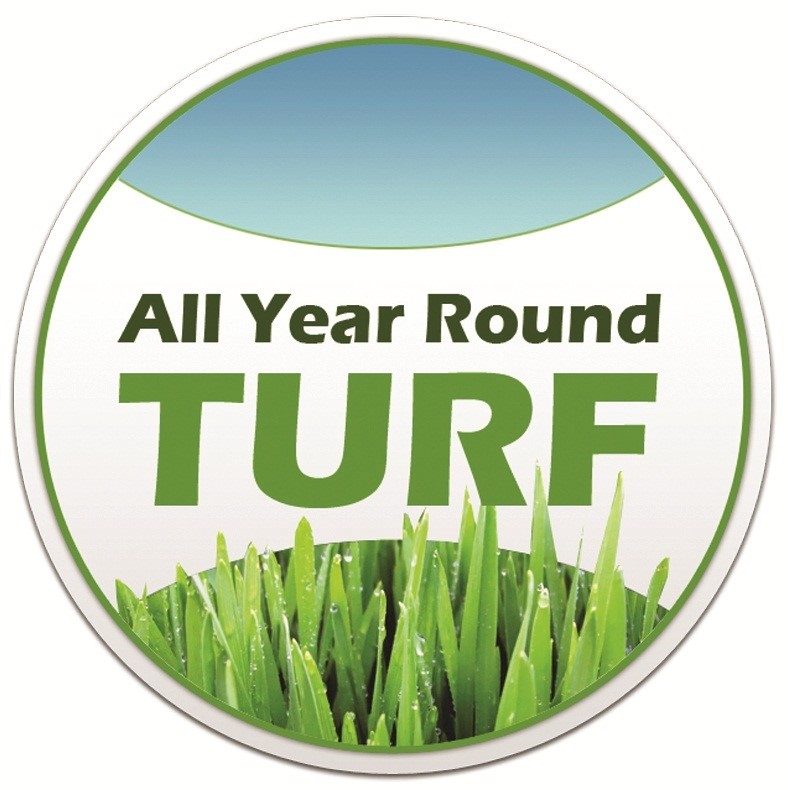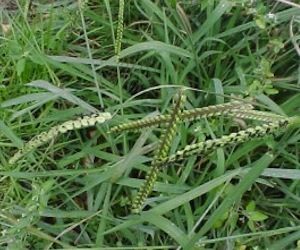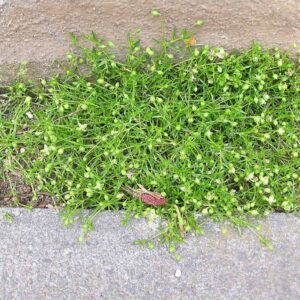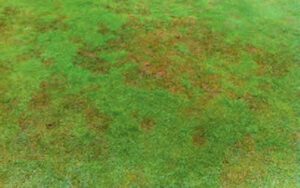You take pride in your lush green yard, so controlling paspalum in lawns is a high priority for Sydney residents during the warmer months. This article will help you identify when paspalum is about to invade your lawn, what to look for, how to control it, and how to create a healthier lawn that can shrug off weed infestations.
What is Paspalum Grass and Why Is It a Nuisance
Paspalum dilatatum is a perennial plant belonging to the Paspalum genus, known for its ability to thrive in warm, humid climates. The weed is a nuisance for several reasons. Firstly, it competes with your chosen grass and quickly overtakes the lawn with dense patches that ruin the aesthetics with uneven clumps.
Paspalum has an extensive root system that supports the plant through dry spells while the rest of your lawn withers. If that wasn’t bad enough, the invasive plant will bounce back much quicker than your regular grass when favourable conditions return.
Dealing with paspalum will require careful attention to the herbicides you use, as the weed is resistant to many commonly available varieties.
How to Identify Paspalum
Paspalum is a tall grass recognised by its light green colour and slightly folded, most often hairless leaf blades. The weed is a South American native that has become a widespread nuisance in Australia. The seed heads are supported on the tips of upright flowering stems with 2 to 11 branches alternating around the central stalk.
The seed head branches will have many small, hair-covered spikelets. The sticky seed heads help the grass quickly spread as they affix themselves to shoes, pets, and trouser legs before dropping off in another location.
Common Sites for a Paspalum Outbreak
Paspalum can take root anywhere on your lawn, but there are a few areas where an outbreak is more likely.
The weed will take advantage of bare or thin patches of your lawn because a lack of competition helps the plant spread more easily. Keep an eye on your lawn, and pay attention to areas that may be doing more poorly.
Paspalum will thrive in moist, shady areas that receive less sunlight. Keep an eye on shady spots and low-lying areas where water may pool.
How to Control Paspalum Grass on Lawns
As paspalum resists many herbicides, the most efficient control method is to recognise the plant in its early growth stage and remove it by hand. Make sure to dig out the entire plant, roots and all.
If using chemical control measures, use selective herbicides formulated for paspalum, such as a pre-emergent herbicide containing Prodamine.
Other methods to ensure you keep paspalum at bay is to practice good lawn care. Mow regularly and keep the lawnmower at the recommended height for your grass species.
Fertilise as often as needed and water deeply and infrequently to promote root growth and keep your lawn vibrant. A healthy lawn will give your grass the competitive edge to keep all weeds at bay, not just paspalum.
If you are unsure about the best lawn care methods for your grass species, call the lawn experts at All Year Round Turf for professional advice.




